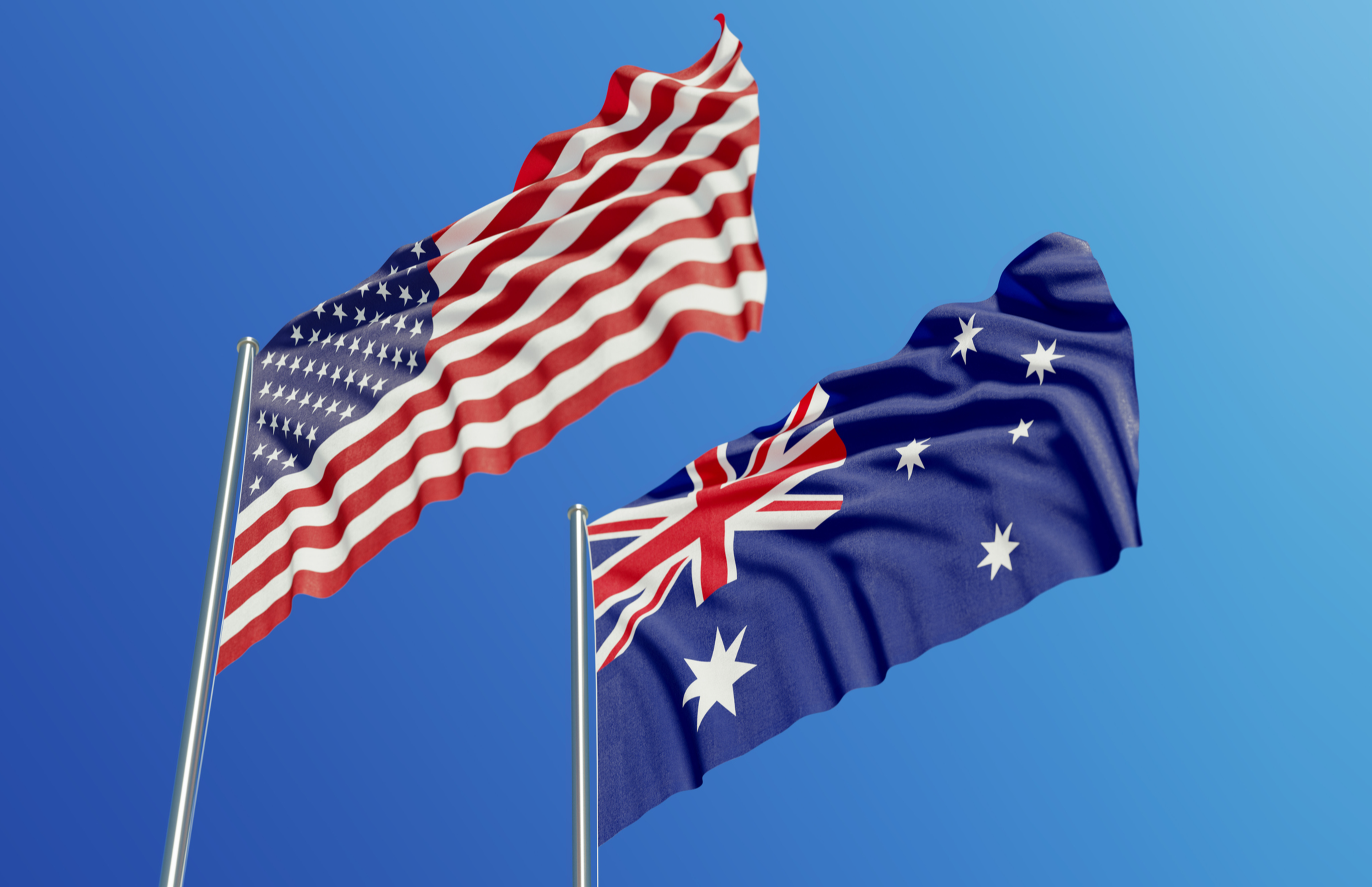Turning policy into progress: monitoring critical mineral commitments
Opinion Pieces

21
Oct
2025
Turning policy into progress: monitoring critical mineral commitments
The USA and Australia announced a framework agreement for the “securing of supply in the mining and processing of critical minerals and rare earths”, outlining areas of cooperation.
Although this announcement is only the latest of a number of similar bilateral and multilateral announcements over the last two years related to critical minerals, Project Blue notes that the level of detail in such agreements is increasing, such as specifically addressing the midstream (refining and processing) and attaching dollar figures to government investment commitments (at least US$1Bn in this case).
Asset Sales as a prohibitive clause
Of particular note in this agreement is the section on Asset Sales, which is clearly meant to deter government approvals for the sale of critical mineral operations or projects to entities controlled by, or potentially even simply influenced by, China.
Given China’s dominance in numerous critical mineral supply chains and technologies and a sharp uptick in the recognition of this supply chain risk following China’s export restrictions announced earlier this year—across gallium, germanium, molybdenum, graphite, rare earths (RE), and tungsten, among others—this type of clause is likely to make its way into future partnership agreements between governments.
For example, in 2020, the Canadian government blocked the proposed US$230M sale of the Hope Bay gold project by TMAC Resources to Shandong Gold on national security grounds under the Investment Canada Act, the first time a deal was blocked under this rule. Since then, there have also been forced divestitures of investment stakes by Chinese entities in Canadian critical mineral companies, and Canada’s mining sector is now generally viewed as “hostile” for investors and businesses from China.
Tangible commitments trump frameworks
Overall, we anticipate the announcement of further inter-governmental agreements in an attempt to address supply chain vulnerabilities in critical sectors such as semiconductors, clean energy, and defence. Other agreements in recent years include EU–Australia, Canada–Australia, Canada–Chile, Canada–Germany, as well as the “Quad” (Australia–India–Japan–USA) and the Minerals Security Partnership led by the USA and EU.
However, in general, such high-level agreements have not, to date, resulted in the actual development of “new” critical mineral supply chains.
Rather, more tangible measures are still required, such as policy support (e.g. grants, subsidies, loan guarantees), offtakes or offtake-like agreements, and industry partners and stakeholders willing to invest.
The newest mechanism being discussed is “price floors”, as a way to reduce the price volatility that partly drives reluctance to invest in this sector. However, there are mixed views in the market as to whether this mechanism is 1) sustainable and 2) can appropriately adjust the risk-return profile, given there are still significant technical and ramp-up hurdles to overcome for such projects.
Nevertheless, representing just one example, Alcoa recently announced the potential support of the US and Australian governments through its JAGA JV with Sojitz to develop a gallium circuit at the Wagerup alumina refinery. From a supply chain perspective, the involvement of Alcoa and Sojitz will be the key success factor, rather than the “Quad” framework.
Project Blue continues to monitor government partnerships as a positive signal of cooperation, providing an understanding of how alliances continue to form in a multipolar world; however, our focus remains on concrete project- and company-level commitments to drive actual progress on critical material supply chain development.